Master Blacksmith
June 9, 1912 - June 22, 2009
"Philip Simmons is a poet of ironwork. His ability to endow raw iron with pure lyricism is known and admired throughout, not only in South Carolina, but as evidenced by his many honors and awards, he is recognized in all of America."
-John Paul Huguley
Founder, American College of the Building Arts
simmons' life
Philip Simmons was born on June 9, 1912 in Wando, South Carolina, on Daniel Island, where he was reared by his grandparents. At the time, the schools in Wando offered limited education since it was an agricultural and fishing community. It was open for only three months and teachers were difficult to keep. At the age of eight, he was sent to Charleston via the ferry, to live with his mother on Vernon Street and was enrolled in Buist School. (Buist at the time was an elementary school. Now, it is Buist Academy, a charter school.)
Simmons' interest in ironworking began while walking to and from school. Young Philip noticed the ironwork along the historic streets and became intrigued with it. The neighborhood was a mecca for craftsmen who serviced the waterfront businesses. He began visiting the blacksmith shops, pipefitters, shipwrights, coppers, and other craftsmen in the area, however, the sounds of the blacksmith shops interested him the most.
Later, he received his most important education from local blacksmith Peter Simmons (no relation), who ran a busy shop at the foot of Calhoun Street. It was in that environment where Philip Simmons acquired the values and refined the talents that would sustain him throughout his long metalworking career.
After moving into the specialized fields of ornamental iron in 1938, Simmons fashioned more than five hundred decorative pieces of ornamental wrought iron: gates, fences, balconies, and window grills. The city of Charleston from end to end is truly decorated by his hand. Philip Simmons became the most celebrated Charleston ironworkers of the 20th Century.
In 1982, the National Endowment for the Arts awarded him its National Heritage Fellowship, the highest honor that the United States can bestow on a traditional artist. This recognition was followed by a similar award from the South Carolina state legislature for “lifetime achievement” and commissions for public sculptures by the South Carolina State Museum and the city of Charleston. Simmons was inducted into the South Carolina Hall of Fame in Myrtle Beach, SC on January 31, 1994. “The Order of the Palmetto”, South Carolina’s highest award, was presented to him on August 11, 1998 by Governor David Beasley. In 2001, Philip Simmons received the Elizabeth O'Neill Verner Governor's Award for “Lifetime Achievement in the Arts.” And on May 12, 2006, he was the recipient of the Honorary Doctorate of Fine Arts by South Carolina State University in Orangeburg.
25th Wedding Anniversary Gift for Mr. & Mrs. Alphonso Brown
Pieces of his work have been acquired by both the National Museum of American History and the National Museum of African American History and Culture at the Smithsonian Institution; the Museum of International Folk Art in Santa Fe, NM; the Richland County Public Library, Columbia, SC, and the Atlanta History Center, Atlanta, GA. In 1989, the vestry and congregation of his church (St. John’s Reformed Episcopal Church, 91 Anson Street in downtown Charleston), dedicated the grounds of the church to develop a commemorative landscaped garden as a tribute to his exceptional mastery of wrought iron and in recognition of his inspirational character and self assurance. Other works can be seen on Daniel Island, the Governor’s Mansion and the Matthew J. Perry Federal Courthouse in Columbia, Liberty Square, the Charleston Visitor Center, and in the main corridor of the Charleston International Airport.
Philip Simmons went to his rewards on June 22, 2009 at the age of 97. He spent most of his time after retiring from active forging (until his health began to fail) greeting the tourist who visited his shop and having Q&A sessions with the students and organizations he visited around the state. His craft is being continued at his shop through the hands of his apprentices, Carlton Simmons (nephew) and Joseph “Ronnie” Pringle (cousin), His home is now a museum house with a gift shop that opened in 2010.
Mr. Simmons was a widow and had three children (one daughter is deceased). He lived on the eastside of Charleston since arriving in 1920. He always was a kind and gentle human being who was willing to share his experiences and wisdom with anyone he met. A professional, whose work was his only advertisement, left a legacy of excellence and pride in ones work to the youth and other professionals around the country.
Contributed by John Michael Vlach, author of "Charleston Blacksmith: The Work of Philip Simmons", and the Philip Simmons Foundation.
““If you want your prayers answered, get up off your knees and hustle.”
”
LISTING OF SOME OF SIMMONS' DESIGNS
539 Rutledge Avenue - Pecan leaf columns
132 Cannon Street - Driveway gate and hand rails
91 Anson Street - Philip Simmons Garden Heart Gates
138 Wentworth Street - Driveway gate
23 Meeting Street - Charleston Visitor's Center Gate
313 King Street - The Krawcheck Residence's walkway gate (one of Simmons' first gates)
56 Morris Street - Window grills
69 Simons Street - Church walkway gate
5 Stoll's Alley - Walkway gate
67 Broad Street - Gateway
78 East Bay Street - Window grill and above doorway
2 St. Michael's Alley - Cross and egret gate
45 Meeting Street - Gate, window grills, porch railing, and stair railing knows as "The Longest Curl"
65 Alexander Street - Lyre gate




